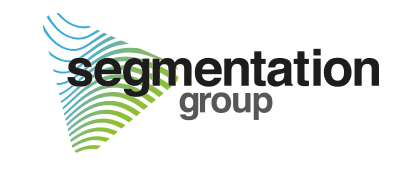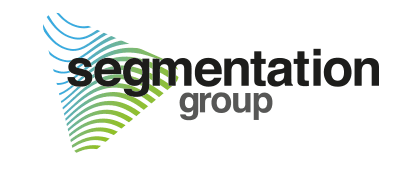What is IOT?
The Internet of Things (IoT) is the inter-networking of physical devices (also referred to as “connected devices” and “smart devices”), vehicles, buildings and other items embedded with electronics, software, sensors, actuators and network connectivity, which enable these objects to collect and exchange data.
In 2013, the Global Standards Initiative on the Internet of Things (IoT-GSI) defined the IoT as “a global infrastructure for the information society, enabling advanced services by interconnecting (physical and virtual) things based on existing and evolving interoperable information and communication technologies” and for these purposes a “thing” is “an object of the physical world (physical things) or the information world (virtual things), which is capable of being identified and integrated into communication networks”.
The IoT allows objects to be sensed or controlled remotely across existing network infrastructure, creating opportunities for more direct integration of the physical world into computer-based systems and resulting in improved efficiency, accuracy and economic benefit in addition to reduced human intervention.
When IoT is augmented with sensors and actuators, the technology becomes an
instance of the more general class of
cyber-physical systems, which also encompasses technologies such as smart grids, virtual power plants, smart homes, intelligent transportation and smart cities.
Each thing is uniquely identifiable through its embedded computing system, but can interoperate within the existing internet infrastructure. Experts estimate that the IoT will consist of about 30 billion objects by 2020.
Typically, IoT is expected to offer advanced connectivity of devices, systems and services that go beyond machine-to-machine communications and cover a variety of protocols, domains and applications. The interconnection of these embedded devices (including smart objects), is expected to usher in automation in nearly all fields, while also enabling advanced applications like a smart grid and expanding to areas such as smart cities.
“Things” in the IoT sense, can refer to a wide variety of devices such as heart monitoring implants, biochip transponders on farm animals, electric clams in coastal waters, automobiles with built-in sensors, DNA analysis devices for environmental/food/pathogen monitoring or field operation devices that assist firefighters in search and rescue operations.
Legal scholars suggest to look at “Things” as an “inextricable mixture of hardware, software, data and service”. These devices collect useful data with the help of various existing technologies and then autonomously flow the data between other devices.
Current market examples include home automation (also known as smart home devices) such as the control and automation of lighting, heating (like smart thermostats), ventilation, air conditioning (HVAC) systems and appliances such as washer/dryers, robotic vacuums, air purifiers, ovens or refrigerators/freezers that use Wi-Fi (or even Li-Fi) for remote monitoring.
As well as the expansion of internet-connected automation into a plethora of new application areas, IoT is also expected to generate large amounts of data from diverse locations, with the consequent necessity for quick aggregation of the data and an increase in the need to index, store and process such data more effectively. IoT is one of the platforms of today’s Smart City and Smart Energy Management Systems.
The term “the Internet of Things” was coined by Kevin Ashton of Procter & Gamble, later MIT’s Auto-ID Centre, in 1999.

